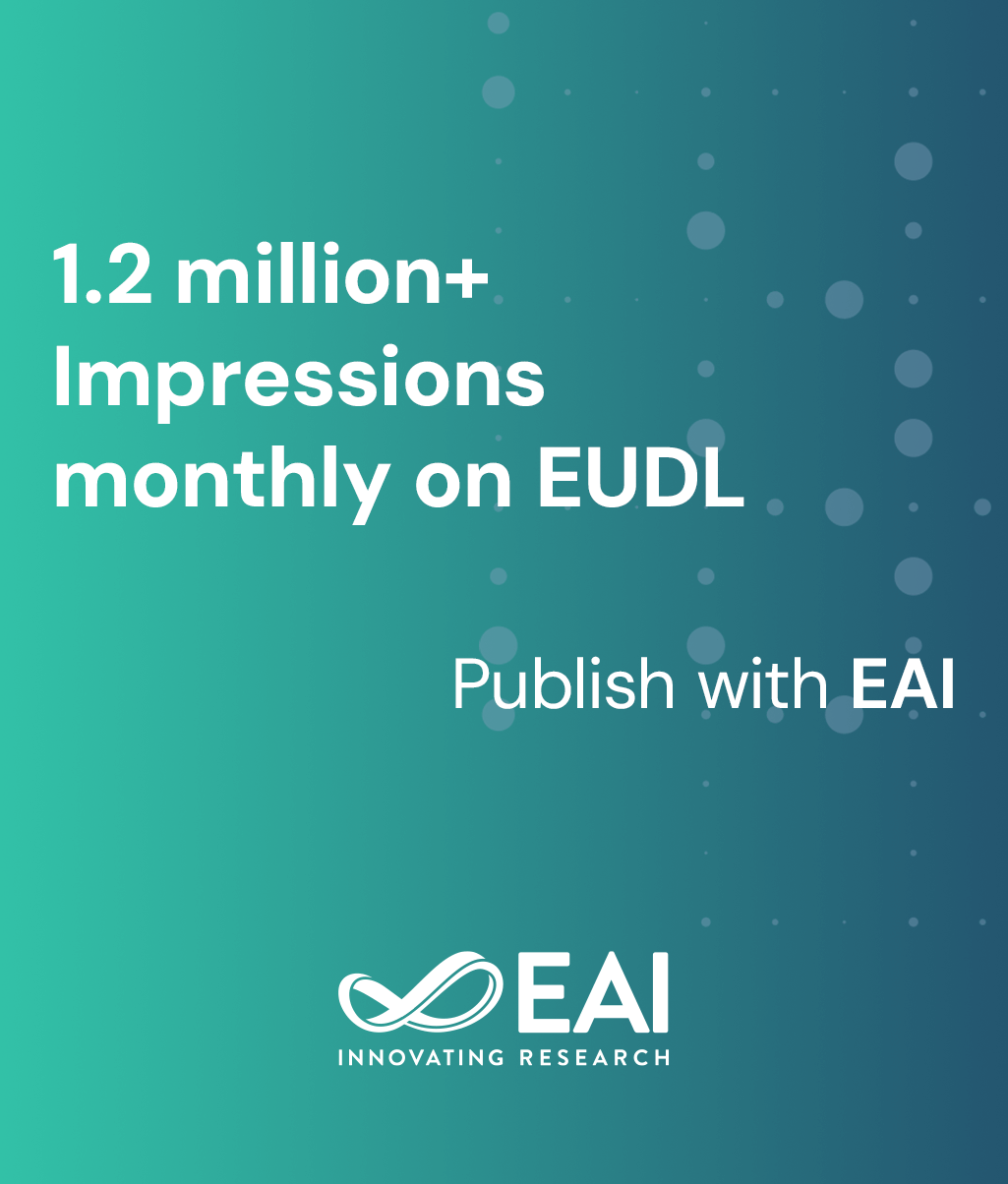
Research Article
Cross-Sectional Analysis of Australian Dental Practitioners’ Perceptions of Teledentistry
@ARTICLE{10.4108/eetsis.5366, author={Joshua Lee and Joon Soo Park and Boxi Feng and Kate N Wang}, title={Cross-Sectional Analysis of Australian Dental Practitioners’ Perceptions of Teledentistry}, journal={EAI Endorsed Transactions on Scalable Information Systems}, volume={12}, number={1}, publisher={EAI}, journal_a={SIS}, year={2025}, month={4}, keywords={Teledentistry, Australia, Oral Health}, doi={10.4108/eetsis.5366} }- Joshua Lee
Joon Soo Park
Boxi Feng
Kate N Wang
Year: 2025
Cross-Sectional Analysis of Australian Dental Practitioners’ Perceptions of Teledentistry
SIS
EAI
DOI: 10.4108/eetsis.5366
Abstract
INTRODUCTION: There has been an increased use of teledentistry by dental practitioners in Australia as a response to the COVID-19 pandemic. Previous studies conducted analysing the opinions of dental practitioners were performed prior to the pandemic, and therefore it is important to determine if perceptions regarding teledentistry have changed following the outbreak. OBJECTIVES: The aim of this study was to determine the perceptions of oral healthcare professionals regarding teledentistry in a clinical setting. METHODS: The cross-sectional study involved an anonymous electronic questionnaire with a sample of 152 dental practitioners. The questionnaire contained 28 questions utilizing a 5-point Likert-scale to assess the perceptions of general dentists on teledentistry regarding diagnosis, accessibility, patient care, technology and finances. Chi-squared test and analysis of variance (ANOVA) were used to analyse the results and percentages of agreement and disagreement were calculated. RESULTS: The participants of the questionnaire believed that teledentistry was effective for consultations and in the diagnosis of simple cases. They indicated large benefits of teledentistry in improving access, delivering post-operative care, and triaging patients, and found it particularly useful during the COVID-19 pandemic. However, the participants felt that teledentistry was ineffective in diagnosing complex cases such as pathology. Concerns were also raised regarding the interventional capacity of teledentistry, the quality of the technology, data security and medicolegal issues. In general, participants preferred in-person care in comparison with teledentistry. They were neutral regarding finance. CONCLUSION: The study provided an insight into the perceptions of Australian dental practitioners regarding teledentistry post-COVID-19. Opinions have changed slightly, but there are large hurdles still to overcome before teledentistry is more widely accepted. Research should be continued to further improve teledentistry in the future.
Copyright © 2024 Lee et al., licensed to EAI. This is an open access article distributed under the terms of the CC BY-NC-SA 4.0, which permits copying, redistributing, remixing, transformation, and building upon the material in any medium so long as the original work is properly cited.


